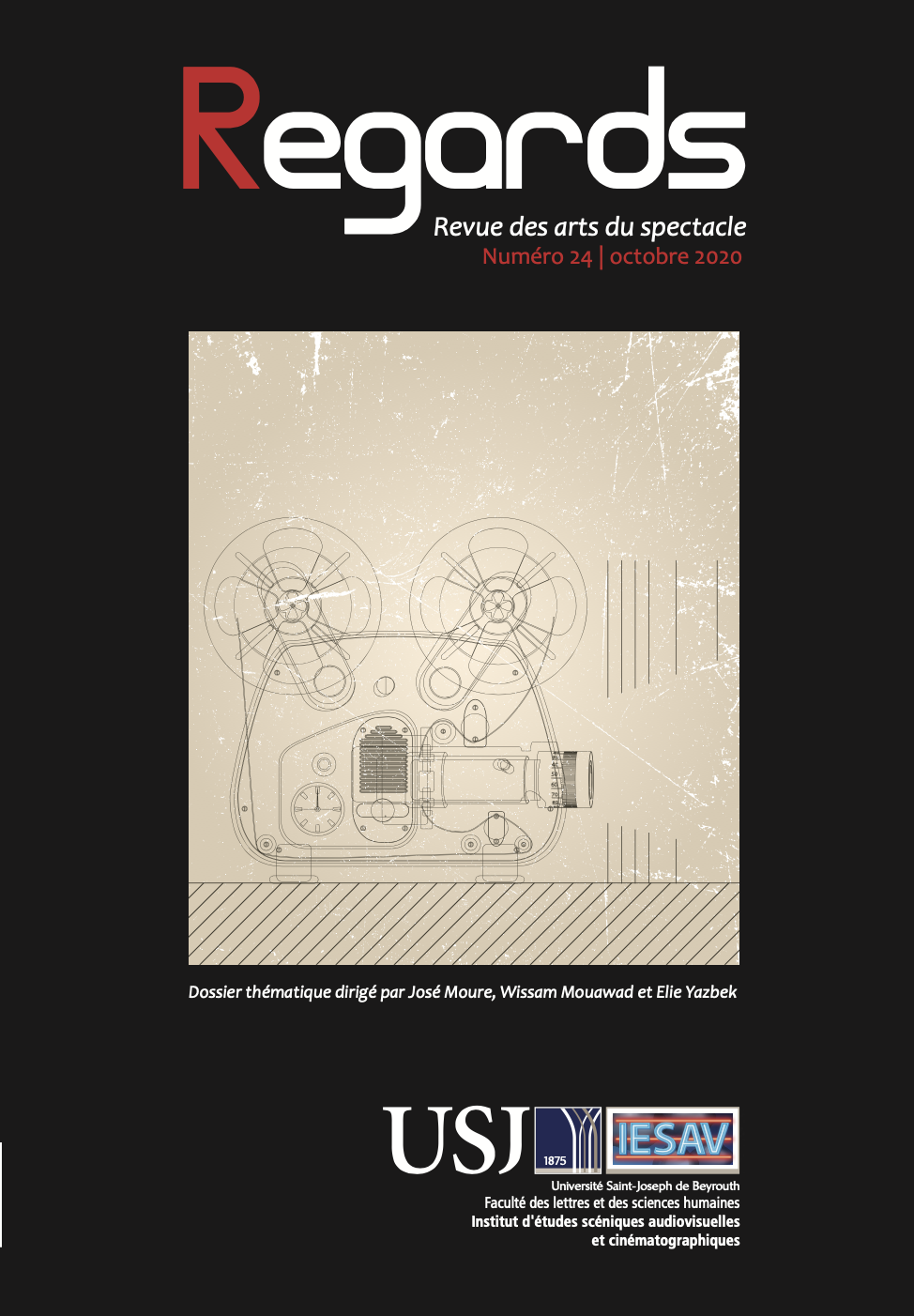Abstract
This paper explores two filmic attempts at compensating the invisibility in which Amazigh people and struggles are kept in Morocco. Both films and filmmakers experimented shooting and production plans, devices and film forms that should best convey these realities. With a 50-year interval between the two, both attempts share the ambition to go against the limitations imposed by the “Centre Cinématographique Marocain”, resorting to clandestine shooting, and supported by an international network. In particular, both attempts were made possible by a detour through California (USA). The Breadwinner (1969) is indeed an unfinished documentary by Mohamed Abbazi, dedicated to the Berber-speaking cleaning ladies who arrived in Casablanca in the wake of the rural exodus. Amussu (Movement, 2019) is a collective shooting directed by
Nadir Bouhmouch, dedicated to the long-lasting struggle of a Berber tribe from the High Atlas mountains, against a silver miner depriving them from their water and polluting their land.

